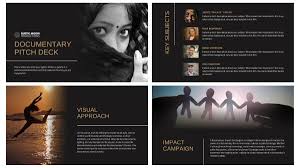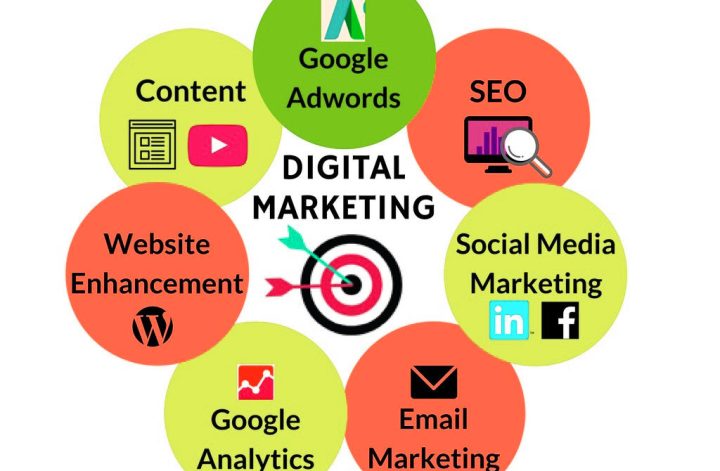Take a cup of coffee; the ride is ten minutes well worth the reading time. Each producer has stood before an empty screen wondering, “What am I missing?” as they assemble a pitch deck yelling genius. No wizard behind the curtain. fundamentally a good organized film pitch deck template that brings forth attention and greenlights films.

Start with a totally fabulous first slide.
Imagine a movie poster but simplified. Title, Tagline, Logo.
Bold typefont.
Maybe the headshot of your hero or an image that evokes something—a dash of mood-setting design.
Your handshake is on this slide; seal it.
And finally, the logline. Glass cut sharpness is what you aim for. One paragraph. Two extreme values. Try again if someone has difficulty keeping the salient facts in mind after one reading.
The synopsis is next on the schedule. Rambling around is not your choice. One paragraph and concise, promising the beginning, middle, and conclusion. Not the plot twist surprises, but instead polish the fundamentals.
Someone is behind this movie. Tack a team slide on top. Not tales, but short bio’s. Include head shots; these faces count. Alongside each name, include notable works. Don’t be shy; this is your team’s time to shine. If you have notable co-workers, flaunt them. Sounds better coming from the DP who shot an Oscar-winner than from “Cinematographer: Ben.”
Your audience needs to get the character of your film. A “Visual Style” or “Mood Board” slide fills in. Less text, more pictures. Movie stills, color scheme, even hastily scribbled doodles. Use references—”Think grittiness of “Drive” cross-edited with the color scheme of “Amélie.”
Character pages facilitate memory of the who’s who Photos, brief descriptions, and whys. Names are forgotten; the looks and that quirk your adversary cannot help but recall are not.
Decode the story beats. Five to seven pivotal story points. Avoid too much detail explanation. Facilitate curiosity.
And then there is the budget; leave it high-level for the pitch. Use the help of a simple pie chart. Structure it by top departments; no one needs to know how much you spend on craft services pancakes.
Market potential requires a slide. Who is going to see this besides? .Simplely explain it to me. Compare films. Audiences attending “Get Out” or “Midsommar” will be familiar with shocks. If you have statistics or data, toss it out; don’t overwhelm them with numbers.
Maybe include development status. Where are you at with your project? Scripting done; attached talent; letters of intent? Throw it in there. Investors want to know you’re halfway out of the station, not stuck agonizing over the map.
End with a call to action directive. “Join us on this road trip,” or “Let’s make something that will be remembered.”
Last consideration: neatness. Spelling, formatting, and alignment count. You are allowing someone to look into your vision; if it is messy, so are you at least to them.
Remember: make the template lean, sharp, and visually exciting even if you have to wrestle it into shape. Don’t let yourself fall into PowerPoint hell. Before they’ll ever screen your movie, producers, investors, and chubby buddies with chubby bank accounts want to feel it. Make that pitch deck and you’ll possibly find your popcorn moment.





























